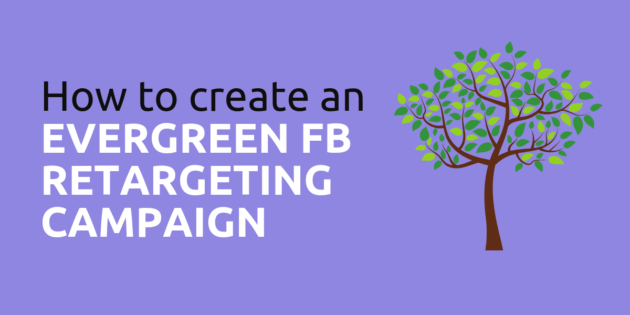
How to Create an Evergreen Facebook Retargeting Campaign that Avoids Ad Fatigue
Want to create a Facebook retargeting campaign that doesn’t require frequent adjustments?
Wondering how to avoid ad fatigue with small retargeting audiences?
In this article, you’ll discover how to create an evergreen Facebook retargeting campaign that simultaneously promotes multiple ads and uses the frequency capping feature.
Facebook Retargeting Campaigns
It’s now well established that retargeting on Facebook is one of the most effective ways to advertise online for many businesses. Retargeting warm audiences often delivers the lowest cost per conversion, and it’s one of my top Facebook advertising tips.
Warm audience is a term that can refer to a number of different things including: website visitors, customer lists, email lists, video viewers, Facebook page likes, etc.
The common theme here, is that all these people have interacted with your business previously. They are most likely aware of the products and services that you provide.
For the purposes of this article, I’m going to create a Facebook retargeting campaign that targets website visitors. But this strategy could easily be applied to the other options listed above.
Retargeting & Ad Fatigue
Most companies have relatively small warm audiences. Unless you work for a large brand, you’re unlikely to have hundreds of thousands of email subscribers or millions of website visitors to retarget.
This means that advertisers often burn through their warm audiences much faster than the larger cold audiences they are used to targeting. This can easily cause ad fatigue issues, which inevitably leads to a drop off in results.
Using small daily budgets whilst retargeting warm audiences can help prevent ad fatigue, as it ensures that your prospects aren’t served your ads too often. But this rarely delivers the highest return on ad spend (ROAS).
Your warm audiences are your hyper-responsive prospects. You want to spend a significant proportion of your ad budget on these people. They will respond best to your ads and are more likely to take your desired action.
Instead, I have found it’s best to create a number of different ads that simultaneously target the same warm audience. By putting each ad into its own ad set and using the frequency capping feature you can ensure that people see each ad, no more than once per week.
Let’s get into the steps…
# 1 Create A Website Visitor Custom Audience
To create a website visitor custom audience, you need to have the Facebook Pixel installed on your website. Here’s a great article that shows you how to install the Facebook Pixel.
Then head into Ads Manager and select the Audiences tab:
Then select Create Audience and Custom Audience:
Doing so will bring up a window that looks like this:
Select Website Traffic from the list above and you’ll be taken to this page:
Here there are a number of options to choose from. If you click on the small arrow next to All website visitors you’ll see a drop down menu that looks like this:
As you can see, Facebook gives you a lot of flexibility when it comes to retargeting website visitors. You can target people that visit specific pages, spend a lot of time on your site or have met event criteria.
However, for the purposes of this article, we are going to keep things simple and target all website visitors over the past 180 days. Doing so will give you the largest website custom audience.
Here’s what your Create a Custom Audience page should look like:
Then simply give your custom audience a name and click Create Audience.
Facebook will ask if you want to create an ad to target your new custom audience or expand it by creating a lookalike audience. Ignore that message for now and move onto step #2.
#2 Create a Reach Campaign
Now that you’ve created your custom audience, it’s time to create the campaign that’s going to target them.
Navigate back to Ads Manager and click Create Campaign. That will trigger this window to appear:
Give your new campaign a name as I have done above, and then select the Reach Campaign Objective.
Using the reach objective will allow you to use the frequency capping feature. This prevents your ads from being shown to your prospects too often, in a short time period.
Then give your first Ad Set and Ad a placeholder name, and click Save to Draft in the bottom right corner.
#3 Target Your Website Visitor Custom Audience
Now you need to set up your new ad set, so that it targets your website visitor custom audience.
To do this, navigate to the ad set within your new campaign, and then scroll down to the Audience section.
In the Custom Audiences text-field you can enter the name of your website visitor custom audience.
I would recommend that you leave the rest of your targeting options open, as you can see above.
There is no need to add further targeting criteria because you are only advertising to people that have visited your website. Adding other targeting criteria will reduce the size of your target audience, which you do not want.
#4 Set A Frequency Cap
To set a frequency cap, stay within your ad set and scroll down to the Optimization & Delivery section.
Make sure that Optimization for Ad Delivery is set to Reach. Then choose the maximum number of ad impressions you want each prospect to have, over a certain time period.
Here I have selected 1 impression every 7 days. This means that each person within my target audience will be shown an ad in this ad set once per week.
1 impression every 7 days is a good place to start if you are going to create at least 14 different ads. That way, each prospect can be served a different ad from your company twice per day on a rolling weekly basis.
However, if you’re going to start with 10 ads, then you may want to increase the frequency to 1 impression every 5 days.
#5 Create 10+ Ads
To make this campaign evergreen, you need to avoid ad fatigue.
The best way to do this, whilst getting the most out of your Facebook retargeting campaigns, is to create many different ads. It’s also best if the ads are quite different from each other. Slight variations in copy won’t prevent ad fatigue.
For many service businesses, I would recommend creating short videos that deliver value to your target market and end with a call to action.
Ecommerce and product based companies on the other hand, can create a number of different ads that advertise different products.
Where possible, it’s good to use different ad formats as well. Mix up video ads with image ads, carousel ads and even simple text ads.
Here’s a screenshot of one of my retargeting campaigns that shows this in action:
This campaign has 12 different retargeting ads and uses a number of different ad formats.
The more ads you create, the longer you will be able to run this campaign to the same audience. And if you create enough ads, this retargeting campaign can be run for years without you needing to make any adjustments.
#6 Duplicate Your Ad Set For Each Ad
It’s important that you don’t put all your ads into one ad set. Each ad needs its own ad set, otherwise your prospects will only see one ad every 7 days.
By creating a separate ad set for each ad, you can advertise to your target market multiple times per day, but each ad will only be shown once per week.
Duplicating an ad set is very straightforward. Simply tick the checkbox next to your ad set and click Duplicate:
You can duplicate ad sets into the original campaign or a different one and you can create multiple duplicates at once:
For this strategy you should duplicate the ad set into the original ad campaign and create a duplicate for each ad.
#7 Use Accelerated Delivery (Optional)
This final step is an optional advanced technique that can be used if you’re retargeting small custom audiences.
When you select the reach campaign objective, Facebook will put your ads in front of many people as possible for the lowest cost. This might mean that only a small percentage of your custom audience actually see your ads.
To combat this you can use Accelerated Delivery. You’ll pay a lot more per 1,000 impressions, but a larger percentage of your custom audience will see your ads.
To use Accelerated Delivery, navigate to one of your ad sets and scroll down to the Optimization & Delivery section:
Facebook will not allow you to use Accelerated Delivery unless you set a bid cap first.
You need use quite a large bid cap here to ensure that a large percentage of your custom audience see your ads. I would recommending setting this bid cap at 4-5 times what your regular warm audience CPMs (cost per 1,000 impressions) are.
For example, when I retarget my email list using Standard Delivery, my CPM is usually around £8.50. Therefore, I set a bid cap of £40 when using Accelerated Delivery.
It’s important to note that this is much higher than Facebook will recommend.
Tick the Set a bid cap box and enter your amount.
Then select More Options beneath Standard Delivery and select Accelerated Delivery.
Your ad set should now look like this:
Conclusion
Retargeting warm audiences on Facebook is one of the most effective ways to advertise online and often delivers a fantastic return on ad spend.
For most businesses, warm audiences are significantly smaller than cold audiences. This means that people within a warm audience may be shown the same ad multiple times within a few days, which can cause ad fatigue.
Ad fatigue can seriously affect the performance of your Facebook ad campaigns and should be avoided where possible.
One of the best ways to do this, is to create multiple ads that run simultaneously and limit the number of times each ad is shown with frequency caps.
If enough ads are created, this strategy can create evergreen Facebook retargeting campaigns that can be run for months and even years without requiring any adjustments.
What do you think? What’s your experience with Facebook retargeting campaigns and ad fatigue been? Have you used the frequency capping feature before? Please share your thoughts in the comments below.



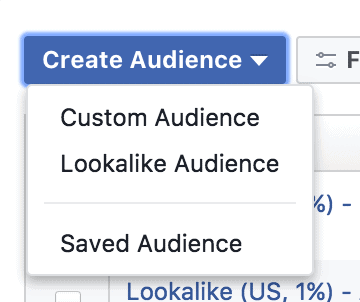
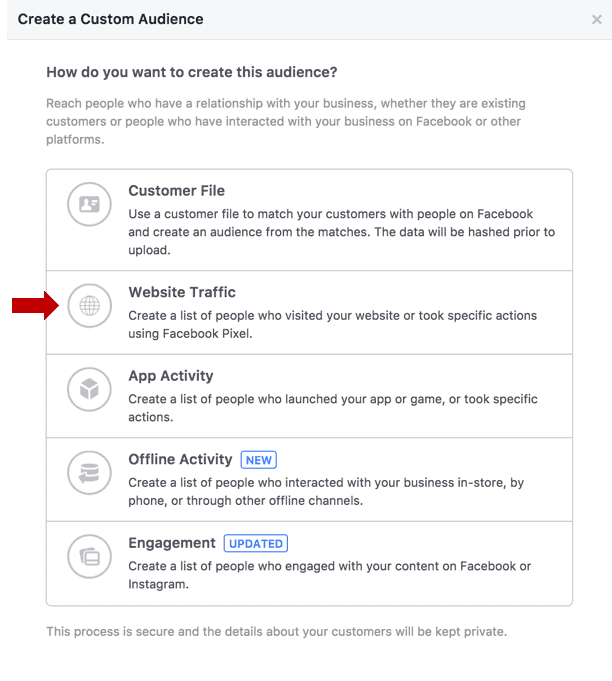


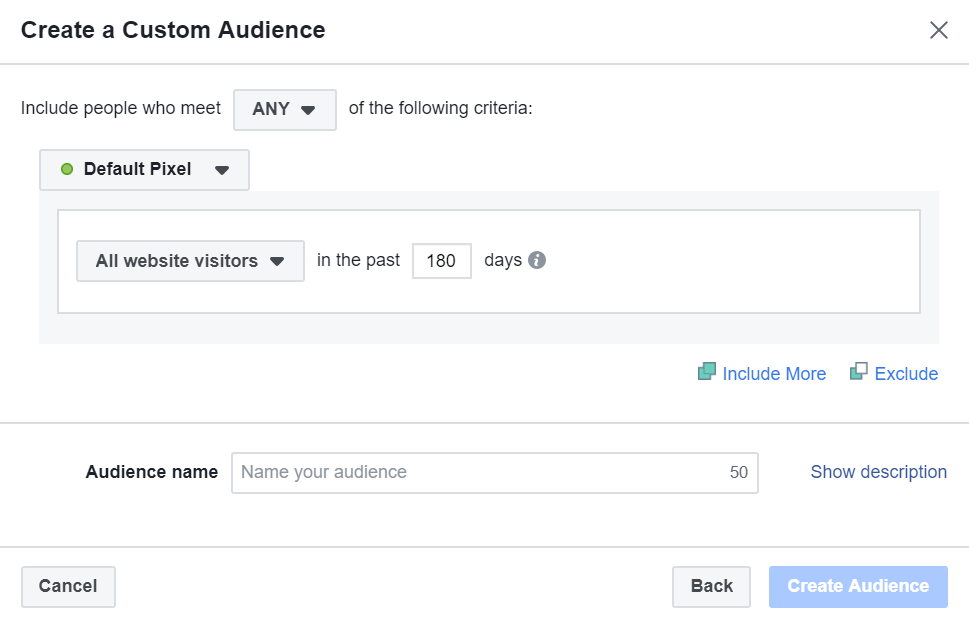



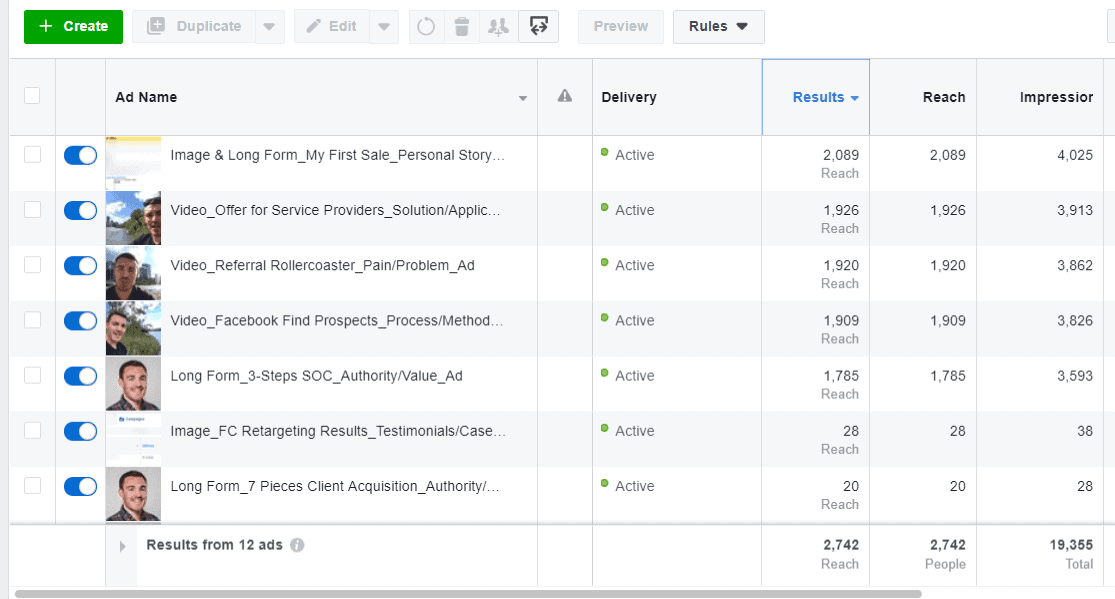
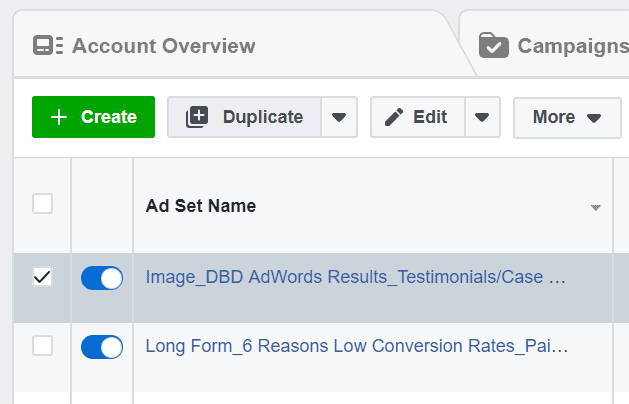
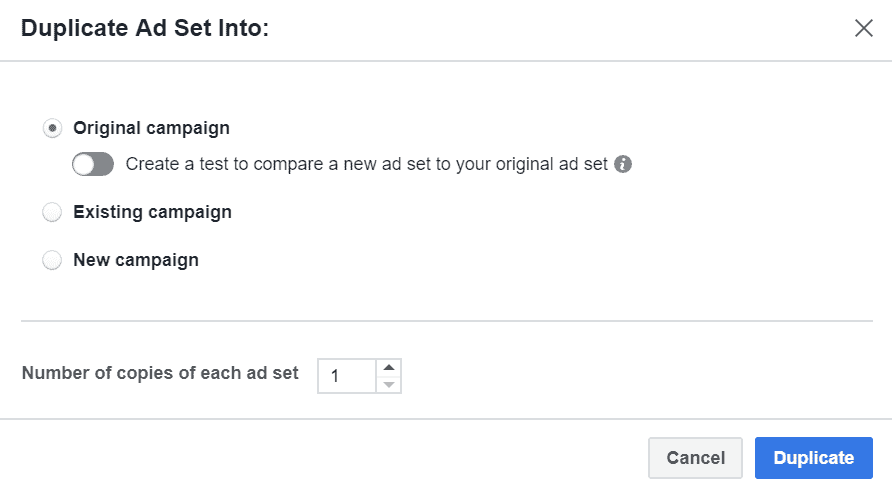


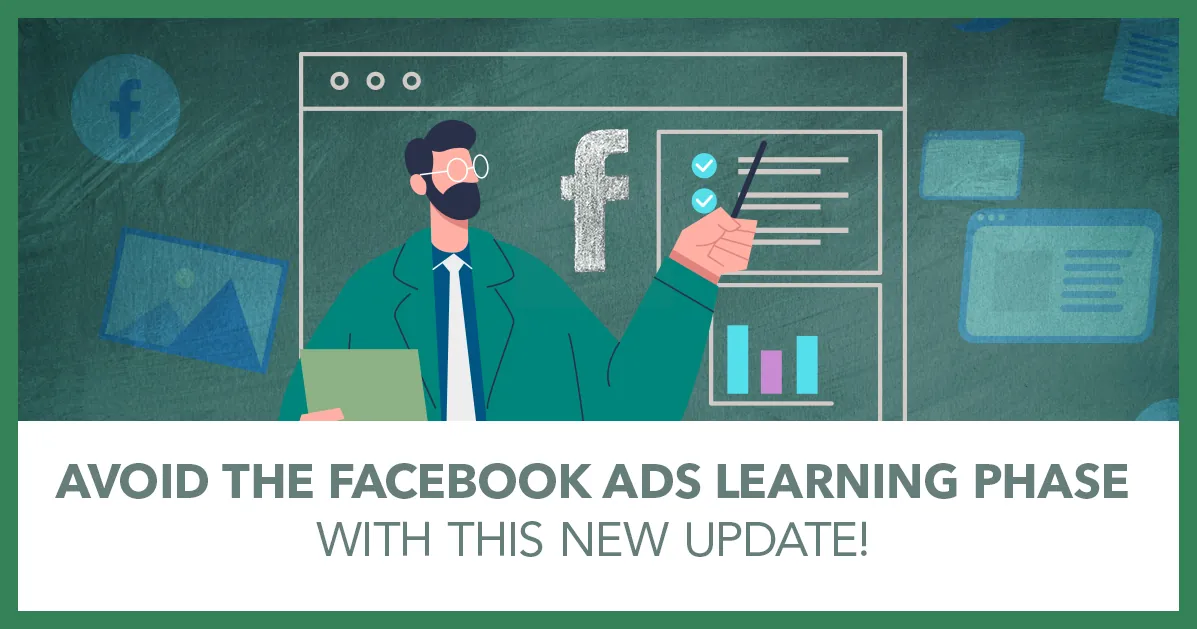
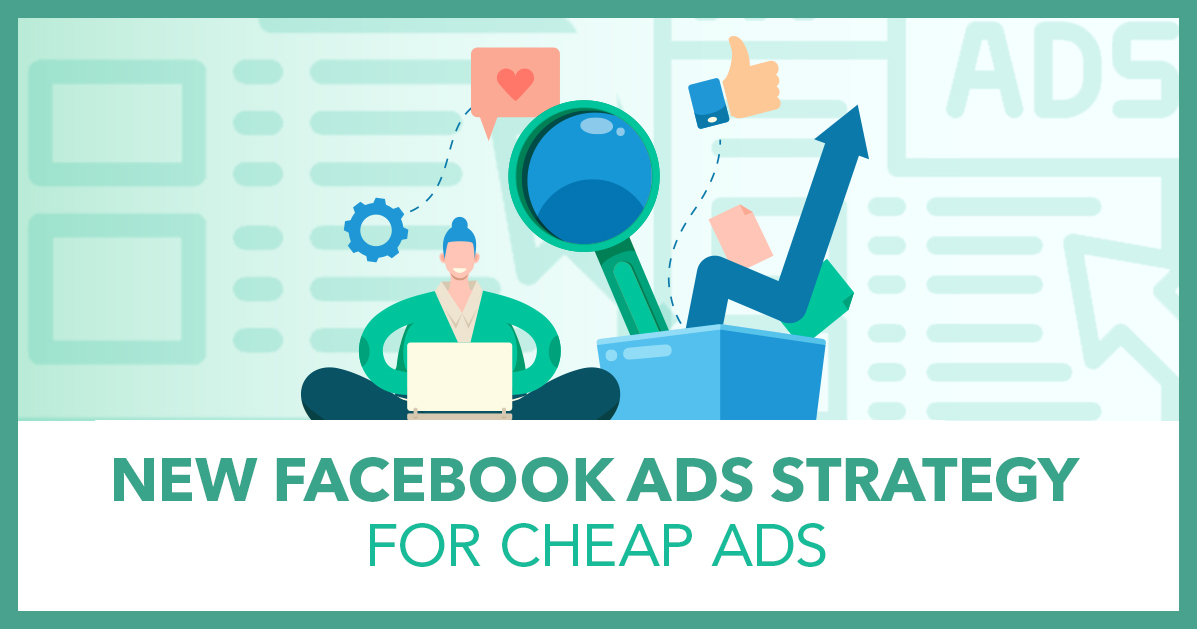
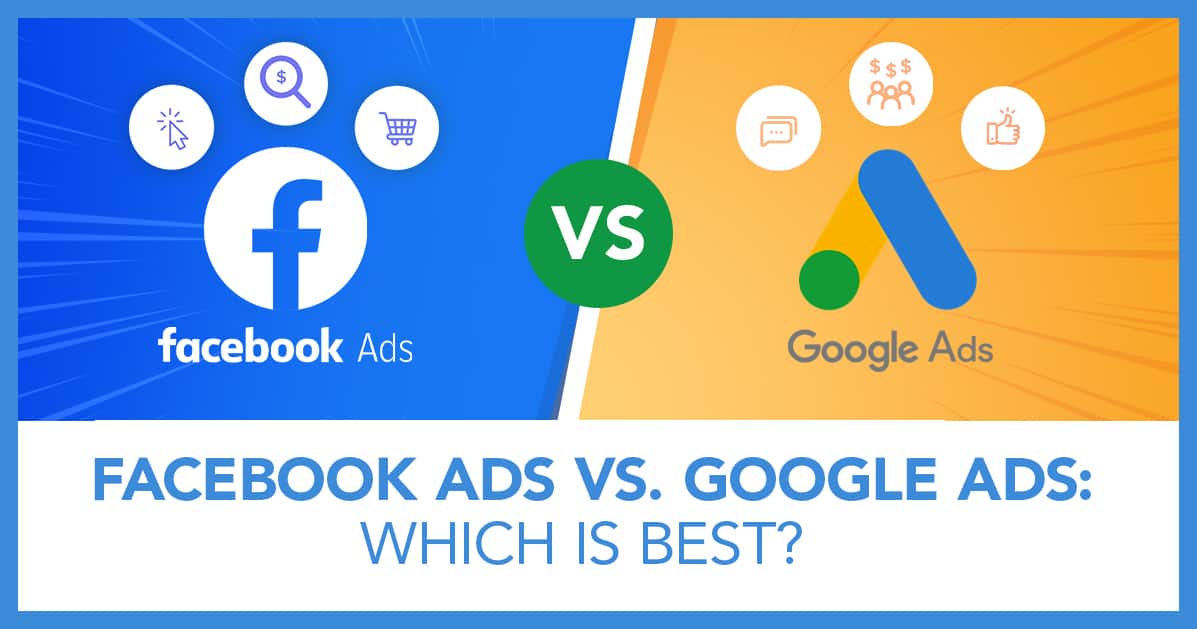
John
Been looking for something like this, love the idea. But when you say “1 impression every 7 days is a good place to start if you are going to create at least 14 different ads. That way, each prospect can be served a different ad from your company twice per day on a rolling weekly basis.” – I don’t understand how you’re getting ads to show at 2 per day? Without some sort of an option to regulate at the campaign level, if you have 14 ads in 14 ad sets (one ad in each ad set) and show 1 ad every 7 days per ad set, couldn’t you theoretically get all 14 ads shown on day one?
Ben Heath
Hi John, good question. Yes you could get all 14 shown on one day but you won’t. Facebook limits the amount of times someone see ads from advertiser in a day. And if you want to make 100% sure you can stagger the publishing of the ad sets. If you publish 2 new ad sets each day until you have 14 live then that would work.
Kym
Hi Ben
Thanks for the useful article.
Just to check with you if I just want to show 1 article or ad once every 7 days to the audience, then I just stick to the default of 1 impression every 7 days, right?
In the above example you created 12 ads to be run over the course of 6 days i.e, 2 impressions every days. If the 12 ads were being run from Monday to Saturday, then would you start to create another fresh 12 ads to kick start on sunday and let it run till Friday? Or would you let the existing 12 ads loop back and keep running till you reach a high frequency, before you start creating another 12 new ads to be added to the campaign and then paused the ads with high frequency?
Could you advise the best practices to such ad creation process?
Thanks an advance for your help!
Ben Heath
Hi Kym, thanks a lot.
Yes that’s right. In that scenario you would want to stick to the default.
I let the existing 12 ads loop back and keep running them until I reach higher frequency numbers. With lots of different ad creative, it takes a lot longer for ad fatigue to set in so you can usually run these 12 ads like this for a few months before needing to change them.
Kym
Hi Ben, thanks for taking the time to reply.
Kym yeo
Oops, I pressed the submit button accidently.. hang on just a couple more questions.
1) could you advise the budget for each ad set?
2) And CTA best practices for video ad or image ad promoting the blog post – add FB CTA button? Or add in the CTA link in the ad copy?
Once again thanks for your kind attention.
Ben Heath
Hi Kym, your budget for each ad depends on the size of your retargeting audience. I would start with $1 per day per ad set and see what percentage of your audience sees your ads with that and go from there.
I would usually not include a CTA button in this scenario. But if you have an ad in your stack that is more direct you can include one.
kym
Hi Ben, so it is more appropriate to have the CTA link in the ad copy?
Thanks again for your time.
Ben Heath
Hi Kym, yes I think it is if you are promoting content. With a more direct ‘salesy’ ad you want to use a CTA button.
Kym yeo
Understood. Thanks pointing out the difference.
Kobe bryant
Hi Ben, do you think it can work for E-commerce, or is it only for expensive services-based businesses like your agency or a painting company?
I think it would be a good strategy for my shoes ecommerce brand as my shoes are expensive ( over 100$) and they are not well known, and i’m in a competitive market, by showing my website visitors my shoes in different aspects and convincing them multiples times i think i can make sales. Do you think it can work for e-commerce ?
Ben Heath
Hi Kobe, we’d typically use this strategy for service based businesses or those with higher average customer values, where the customer needs to make an involved decision. With that price point, this would certainly be worth a test a my opinion. If you offering shoes for say $50 then I don’t think this would be a good way to go.